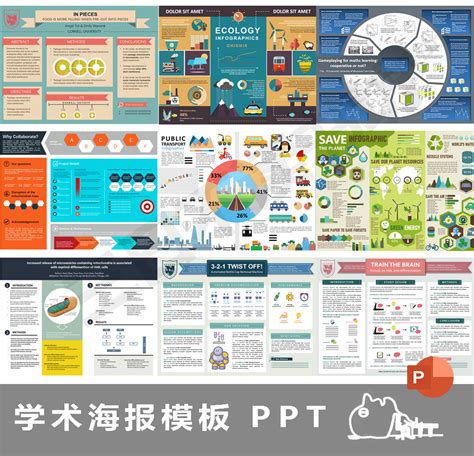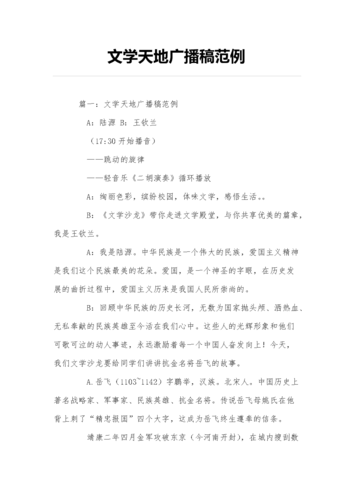英文学术海报模板下载
Title: Crafting an Effective Academic Poster Template
Creating an academic poster in English demands a balance of visual appeal and informative content. A welldesigned poster can effectively communicate research findings and engage viewers at conferences or presentations. Here's a comprehensive guide to crafting an effective English academic poster template.

Introduction
An academic poster serves as a visual representation of research findings, providing a concise overview of a study's objectives, methods, results, and conclusions. When designing a poster template, it's crucial to prioritize clarity, readability, and visual impact.
Key Components of an Academic Poster Template
1.
Title and Author Information:
The title should be clear, concise, and engaging, capturing the essence of the research.
Author information should include names, affiliations, and contact details for further discussion.
2.
Introduction:
Provide a brief introduction to the research problem, significance, and objectives.
Use clear and straightforward language to convey the research context to viewers.
3.
Methods:
Describe the research methods employed in the study, including data collection and analysis techniques.
Use bullet points or concise paragraphs to outline the methodology.
4.
Results:
Present the key findings of the research in a visually appealing manner.
Utilize graphs, charts, tables, or images to illustrate data and trends effectively.
Provide brief explanations or captions to accompany visual elements.
5.
Discussion:
Interpret the results and discuss their implications for the research field.
Highlight any limitations or areas for future investigation.
6.
Conclusion:
Summarize the main findings and their significance in addressing the research objectives.
Emphasize the contributions of the study and its potential impact.
7.
References:
Include a list of references cited in the poster, following the preferred citation style (e.g., APA, MLA).
Design Tips for an Engaging Poster Template
1.
Layout and Organization:
Divide the poster into clear sections, with logical flow and hierarchy.
Balance text and visual elements to maintain viewer engagement.
2.
Typography:
Choose readable fonts for headings, subheadings, and body text.
Avoid excessive use of decorative fonts that may distract from the content.
3.
Color Scheme:
Select a harmonious color palette that enhances readability and visual appeal.
Use colors strategically to differentiate sections or highlight key points.
4.
Images and Graphics:
Incorporate highquality images, graphs, and illustrations to support the content.
Ensure that visuals are relevant, clear, and properly labeled.
5.
Whitespace:
Allow for adequate whitespace around text and visual elements to prevent overcrowding.
Whitespace helps improve readability and visual clarity.
Conclusion
Designing an effective academic poster template requires careful consideration of content, layout, and visual elements. By following these guidelines, researchers can create engaging posters that effectively communicate their findings to a diverse audience. Remember to tailor the template to the specific requirements of the research project and target audience for maximum impact.
References
[Insert relevant references here]










